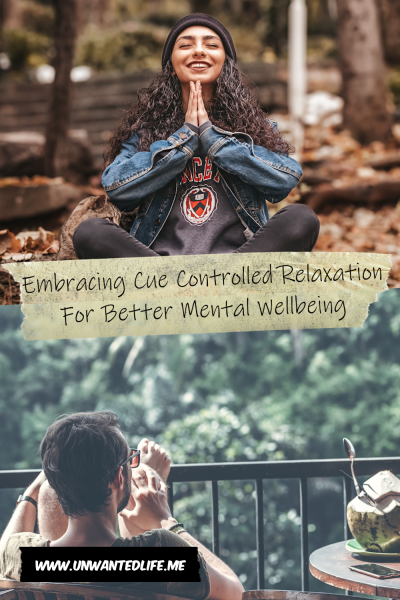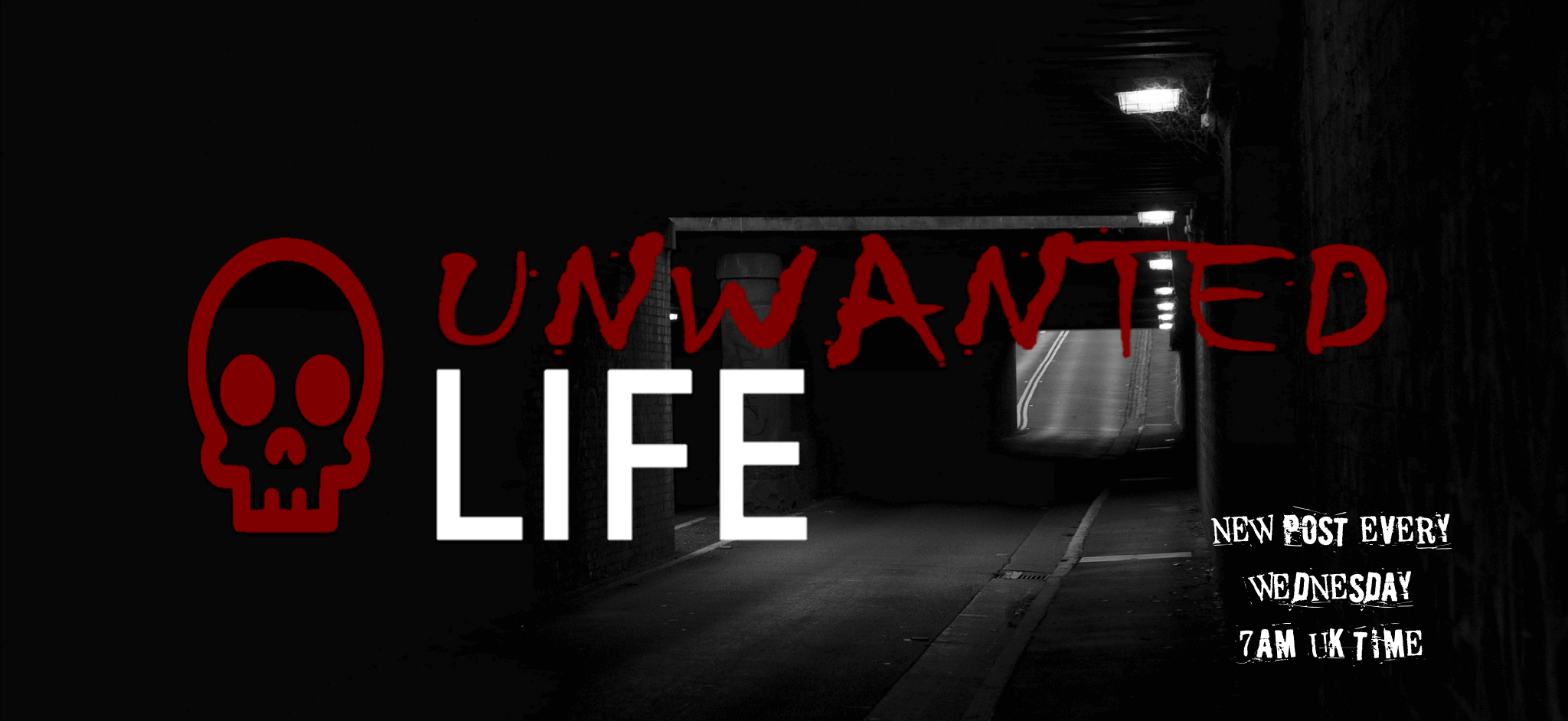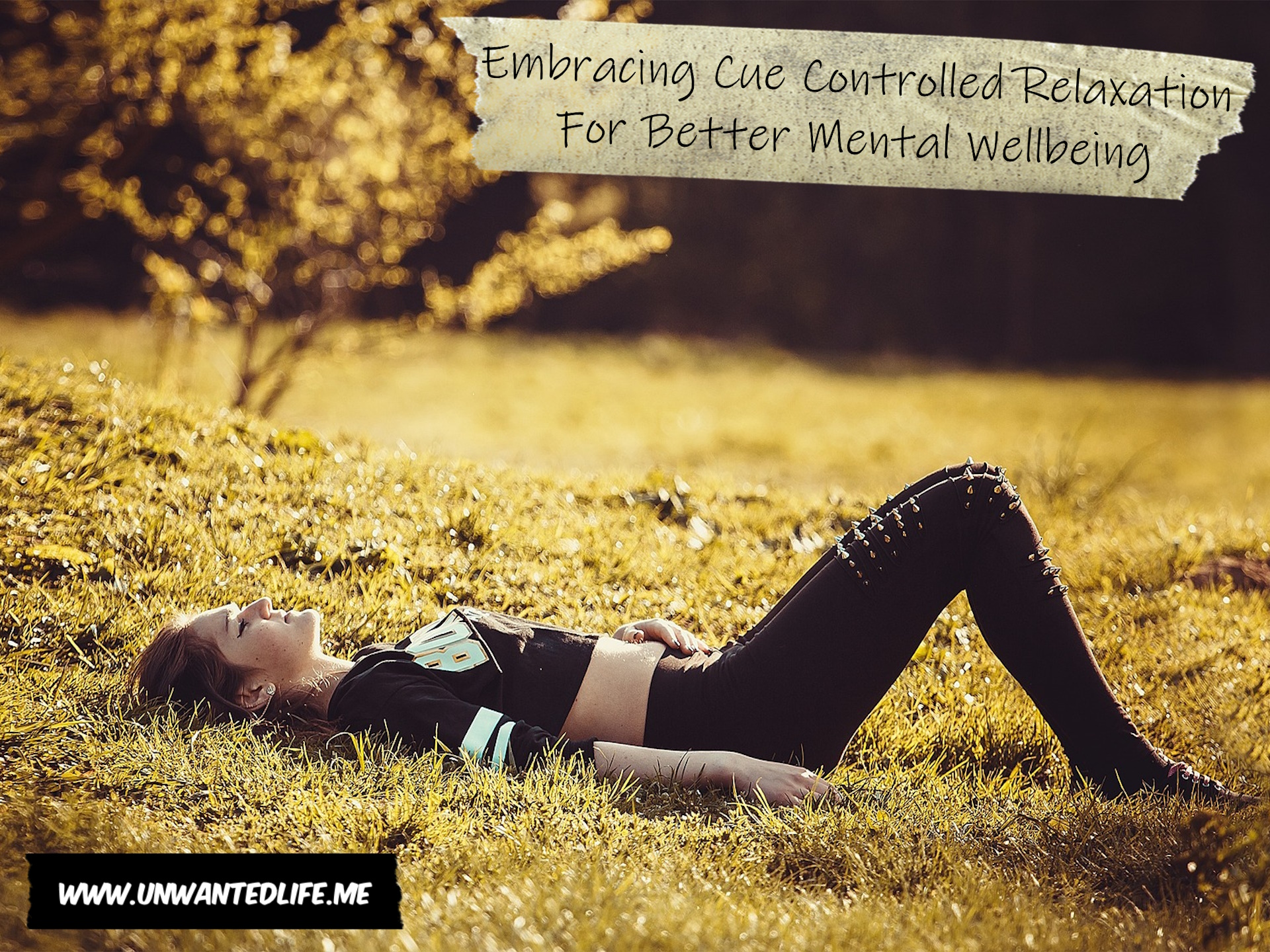You’ve no doubt been told at some point in your life to just “relax” as if that’s something that’s easy to do at the drop of a hat. However, this can be a skill we can learn by embracing cue-controlled relaxation.
What Is Cue-Controlled Relaxation?
Cue-controlled relaxation is a technique that involves using a specific cue or word to help induce a state of relaxation. This is achieved through the use of pairing a word or cue with a relaxation technique that works for calming you down via the means of classical conditioning (Psychology Today). Cue-controlled relaxation can be useful for managing stress, anxiety, and other symptoms related to mental health.
What Is Classical Conditioning?
Classical conditioning is a basic form of learning (Rehman, Mahabadi, Sanvictores, and Rehman, 2017) that we’re all capable of doing consciously and subconsciously because our brains like finding patterns.
This is how someone who has given up smoking can have a craving to smoke triggered by the smell of someone else smoking because the behaviour of smoking has been linked to the smell of cigarette smoke. This relationship was created through the means of classical conditioning but is also why you can use cue-controlled relaxation to help with your mental wellbeing.
How To Use Cue-Controlled Relaxation
The purpose of cue-controlled relaxation is for people to train themselves to feel relaxed using a word or cue by means of classical conditioning. The advantage of this is that they can feel relaxed without the need to engage in the relaxation technique. This is useful because you might not be able to engage in your most effective relaxation techniques in every situation.
Step 1
A good place to start with this is to come up with a word or cue that you can use to pair with an exercise that helps you relax, and thus function as your cue-controlled relaxation trigger (Psychology Today). It could be something as simple as saying “relax” or maybe looking and touching a bracelet you’re wearing. But don’t use a rubber band that you’ll snap around your wrist.
Step 2
The next step in achieving cue-controlled relaxation is to find a relaxation technique that works for you so you can pair it with your cue or word. You might want to try a breathing exercise or a mindfulness exercise to find something that makes you feel relaxed.
Step 3
Once you’ve found something that works in helping you relax, it’s time to start paring that exercise with your chosen word or cue (Öst, 2002). For example, if you’re using a breathing exercise as your relaxation technique, like box breathing, then go through the steps a few times, then on the last set, repeat your cue word in your head when you’re breathing out for four seconds. The best way to achieve this is to practise your relaxation techniques daily with your chosen word or cue.

Step 4
Now that you’ve practised step 3 enough to form a connection between the relaxation technique causing you to feel relaxed and paired it with your chosen word or cue, it’s time to shorten the length of using that relaxation technique.
For example, if you’re using a breathing exercise as your relaxation technique, then you could start by gradually reducing how many cycles of the technique you do. So if you started at four cycles of the breathing exercise, you could shorten that to three cycles every day for a week, and then to two the week after. However, don’t move on to the next reduced cycle phase until you can achieve relaxation at the current reduced cycle phase (Psychology Today).
Eventually, you should be able to reduce this to the point where you only need to use your cue-controlled relaxation word or cue. In which case, you’ve achieved cue-controlled relaxation.
Step 5
Now it’s time to put it to the test. To make sure it works, try using your cue-controlled relaxation word or cue in steadily increasingly stressful or anxious situations (Öst, 2002). However, start small at first and track how effective it is in increasingly more stressful or anxious situations. Doing this will help you gauge what situations this method will be effective in. It’ll also help you identify if you need to go through the steps again to find a better word or cue to use, or to strengthen the existing connection.
Summary
With practice, cue-controlled relaxation can become a useful tool for managing stress and promoting relaxation. It can be done anywhere, anytime, and is a simple yet effective technique for improving mental wellbeing.
It’s important to remember that cue-controlled relaxation will lose its effectiveness if you stop engaging with the steps to keep your relaxation techniques paired with your chosen word or cue. But as long as you keep topping up the connection, cue-controlled relaxation can remain a permanent wellbeing tool you can rely on. So why not add that to your recovery capital as well?
As always, leave your feedback in the comments section below. Also, please share your experiences with cue-controlled relaxation in the comments section below as well. Don’t forget, if you want to stay up-to-date with my blog, then sign up for my newsletter below. Alternatively, get push notifications for new articles by clicking the red bell icon in the bottom right corner.
Lastly, if you’d like to support my blog, you can make a donation of any size below. Until next time, Unwanted Life readers.
References
Öst, L. G. (2002). Applied relaxation. Encyclopedia of psychotherapy, 1, 95-102. Retrieved from https://www.academia.edu/download/34566807/Encyclopedia_of_Psychotherapy.pdf#page=106.
Rehman, I., Mahabadi, N., Sanvictores, T., & Rehman, C. I. (2017). Classical conditioning. Retrieved from https://europepmc.org/article/nbk/nbk470326#free-full-text and https://www.ncbi.nlm.nih.gov/books/NBK470326.


Excellent tips!
Thanks
I love this! It is something I think I have been doing without realising. The other day I was on the train, and trains make me nervous, and I sat there being grateful, just saying thank you. Perhaps that is a good cue to use. Loving these tips you are offering, thank you.
Thanks for sharing your experience
As someone who struggles with anxiety, this was very useful thank you.
I hope it helps with your anxiety. Thanks for commenting
I’ve been doing this to deal with stress since my lupus diagnosis several years ago. I didn’t know it had a name! I just knew I had to find a way to destress and keep that mental/physical spiral from happening. Now that I don’t work directly with people as often, it isn’t something that I have to do multiple times daily.
Thanks for sharing
This is such an interesting topic. Thank you for sharing!
Thanks
I had never heard of cue-controlled relaxation before! Very informative post!
I hope you learned something useful from it
This is very interesting! Sounds like something that would be super helpful thank you for explaining it! Great post 🙂
Thanks for reading
Cue-controlled relaxation sounds good. Maybe I should try it. I’m addicted to my creative works. Sometimes I forget to take a break. I know that’s bad.
It’s always good to take a break, your creative works will be there waiting for your return
“Relax” definitely works for me, if I’m saying it softly to myself or in my head, followed by light breathwork. I find this helps in specific situations. However, if more time is available, then I will go deeper into the breathwork. This was a cool reminder of learning about classical conditioning in college. Thanks as always. 🙂
Thanks for sharing your thoughts
I like to utilize breathing exercises to calm myself and I definitely want to try a cue word. Been sitting here thinking what I would use. Once I figure that out I’m going to try this! Thanks!
You’ll have to let me know how it goes. Thanks for commenting
You are definitely right that in the heat of the moment it’s not easy to remember techniques that you’ve been learning. I’ve learned that over me time in therapy. Practice is key. Can’t get lazy if you actually want to work on your mental health. I didn’t realize how much work it is until I started therapy. Thankyou for this really insightful post!
Thanks for sharing your experience. We do love in a world where we have to allocate our resources wisely so we can look after our mental health